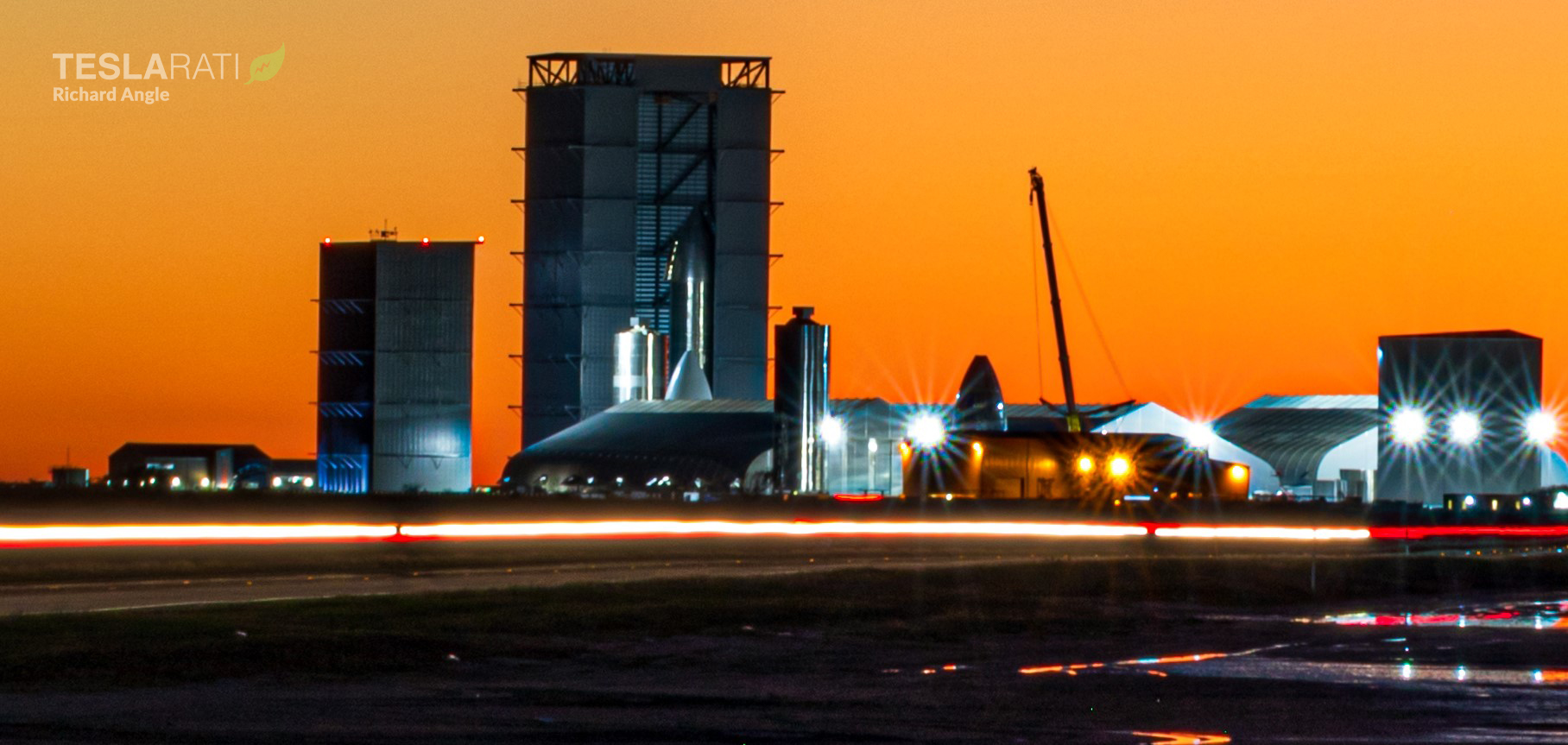
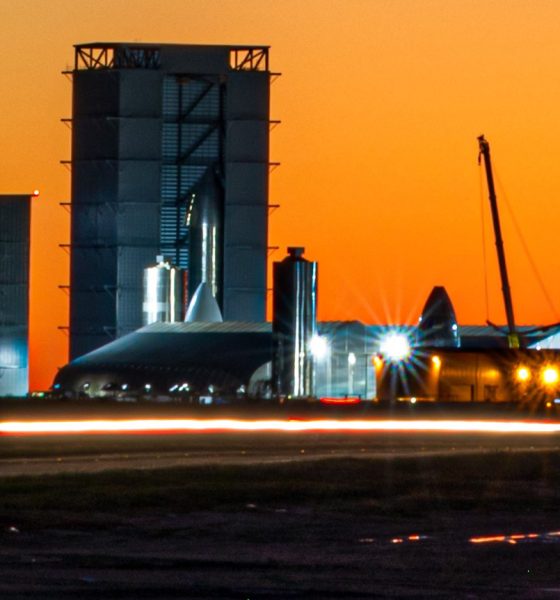
News
SpaceX Starship factory battles Texas power outages with Tesla solar and storage
A major cold snap and the ineptitude of state governance have combined to throw millions of Texans into darkness as freezing temperatures sweep through the state.
At the southernmost fringes of Texas, SpaceX’s Boca Chica Starship factory hasn’t been insulated from the chaos, though a large Tesla Solar and Energy installation has almost certainly lessened the blow. Highly cognizant of Boca Chica’s shortcomings for industrial-grade power needs, SpaceX installed that solar array and Tesla-made Powerpacks almost three years ago and substantially expanded it in 2020.
As a result, despite major issues posed by freezing weather and power grid instability, SpaceX has managed to keep the lights on and continue work at its Starship factory, while also slowly but surely preparing Starship serial number 10 (SN10) for its first static fire and high-altitude launch.
High winds and cold temperatures have prevented the company from making as much progress as it would like but “alert” notices distributed to Boca Chica Village residents on Tuesday evening suggest that SpaceX hopes to have Starship ready for a crucial static fire test as early as 9 am to 6 pm CST (UTC-6) on Wednesday, February 17th.
Weather and general Texas-wide industrial disruption are not working in SpaceX’s favor, though. Winds are forecast to remain high over the next week, making a launch attempt highly unlikely even if SpaceX is somehow able to thread the needle between gusts and fire up Starship SN10 before the weekend.
However, it could certainly be worse. The few local residents that remain in the Village have been subject to multi-hour power outages over the last 48 hours, a trend that inept Texas power grid manager ERCOT says could continue more or less indefinitely. SpaceX, meanwhile, is likely taking full advantage of the independent power generation and storage capabilities its Tesla installation provides.
A rough estimate suggests that SpaceX’s Boca Chica installation features a ~1.7-acre (~7000 m^2) solar array and 11 Powerpacks, likely offering up to ~1.5 MW of energy production and 2.5 MWh of storage. While that is a pittance in the face of SpaceX’s industrial needs, it’s likely more than enough to keep basic operations up and running and ensure that the residents of its growing ‘company town’ have power and running water.
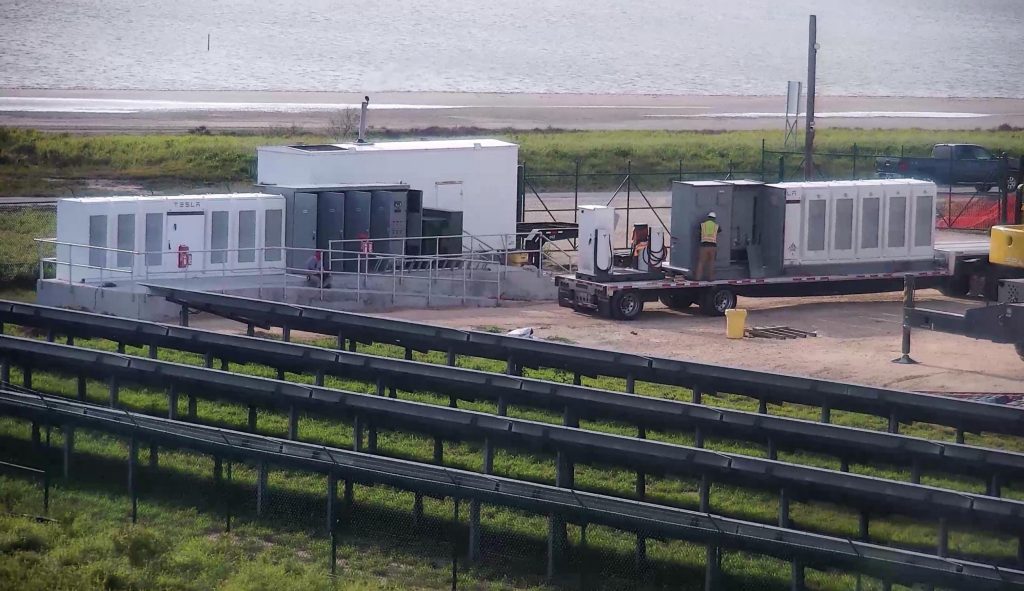
As of Tuesday, February 16th, SpaceX has yet to submit road closure plans with Cameron County, lowering the odds that Starship will actually be able to attempt its first triple-engine static fire test on Wednesday. SpaceX would not distribute ‘alerts’ to local residents if there wasn’t at least chance, though, so stay tuned for updates.

Elon Musk
Elon Musk takes latest barb at Bill Gates over Tesla short position
Bill Gates placed a massive short bet against Tesla of ~1% of our total shares, which might have cost him over $10B by now
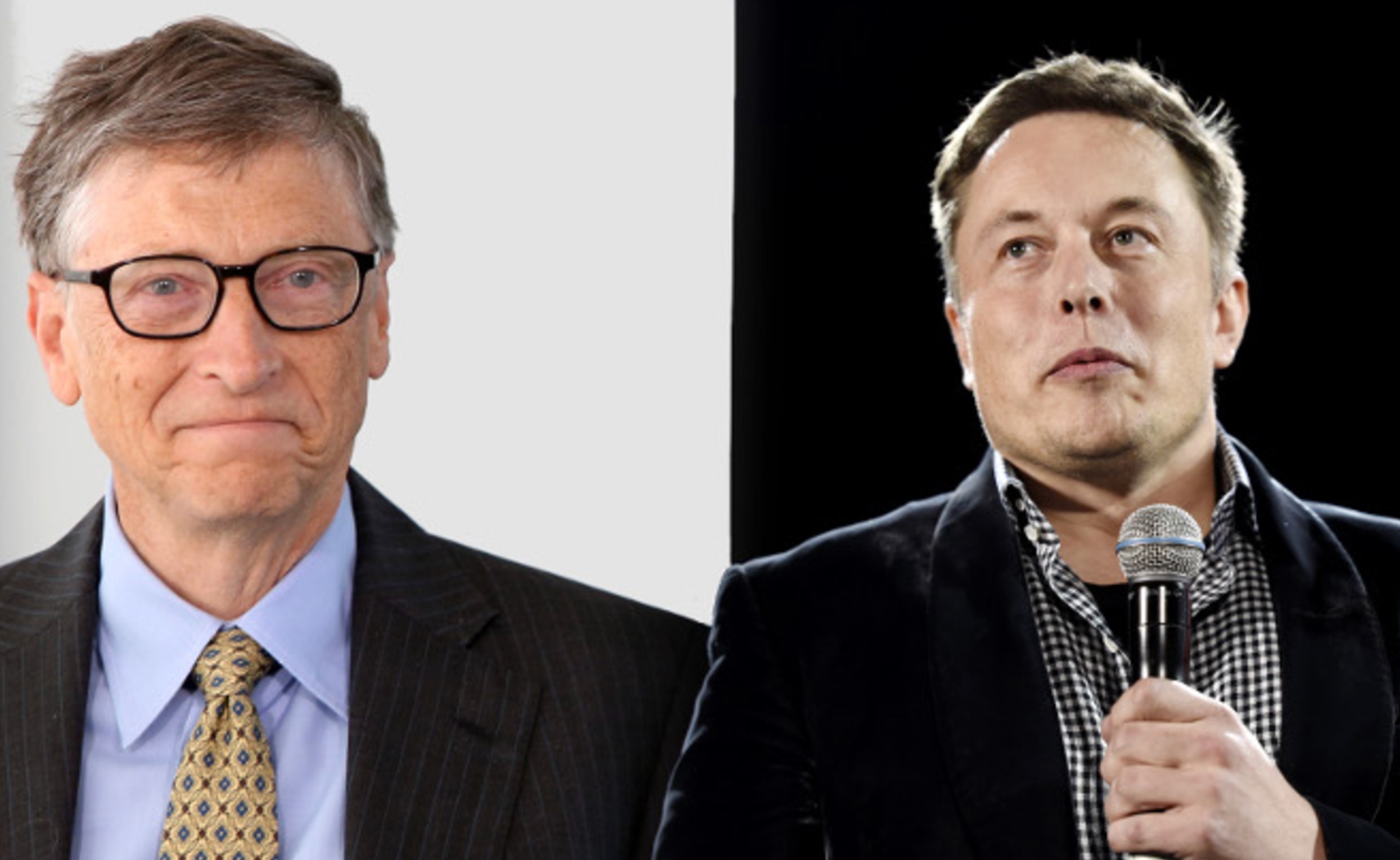
Elon Musk took his latest barb at former Microsoft CEO Bill Gates over his short position against the company, which the two have had some tensions over for a number of years.
Gates admitted to Musk several years ago through a text message that he still held a short position against his sustainable car and energy company. Ironically, Gates had contacted Musk to explore philanthropic opportunities.
Elon Musk explains Bill Gates beef: He ‘placed a massive bet on Tesla dying’
Musk said he could not take the request seriously, especially as Gates was hoping to make money on the downfall of the one company taking EVs seriously.
The Tesla frontman has continued to take shots at Gates over the years from time to time, but the latest comment came as Musk’s net worth swelled to over $600 billion. He became the first person ever to reach that threshold earlier this week, when Tesla shares increased due to Robotaxi testing without any occupants.
Musk refreshed everyone’s memory with the recent post, stating that if Gates still has his short position against Tesla, he would have lost over $10 billion by now:
Bill Gates placed a massive short bet against Tesla of ~1% of our total shares, which might have cost him over $10B by now
— Elon Musk (@elonmusk) December 17, 2025
Just a month ago, in mid-November, Musk issued his final warning to Gates over the short position, speculating whether the former Microsoft frontman had still held the bet against Tesla.
“If Gates hasn’t fully closed out the crazy short position he has held against Tesla for ~8 years, he had better do so soon,” Musk said. This came in response to The Gates Foundation dumping 65 percent of its Microsoft position.
Tesla CEO Elon Musk sends final warning to Bill Gates over short position
Musk’s involvement in the U.S. government also drew criticism from Gates, as he said that the reductions proposed by DOGE against U.S.A.I.D. were “stunning” and could cause “millions of additional deaths of kids.”
“Gates is a huge liar,” Musk responded.
It is not known whether Gates still holds his Tesla short position.
Cybertruck
Tesla Cybertruck gets small change that makes a big difference
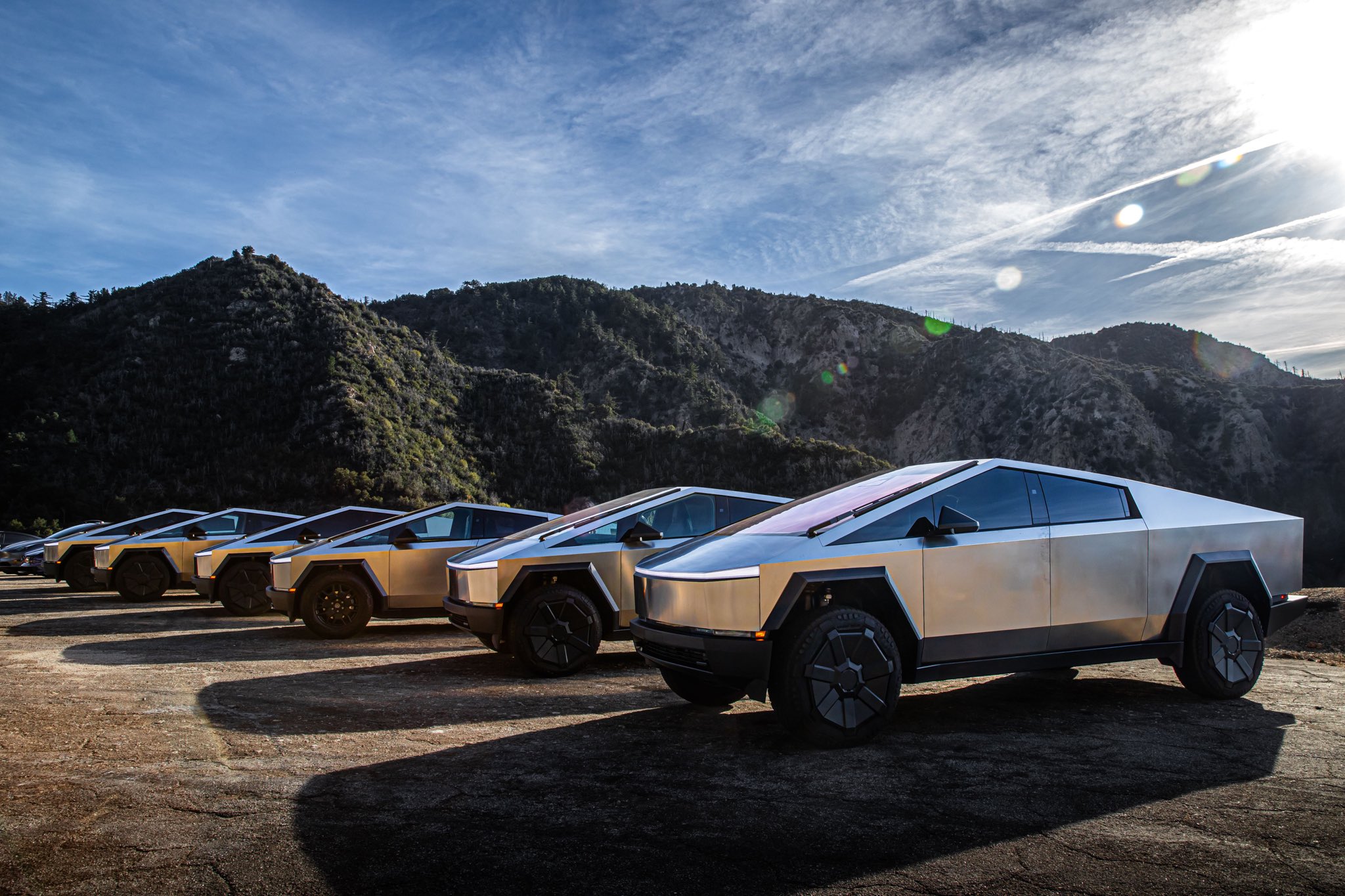
Tesla made a change to the Cybertruck, and nobody noticed. But to be fair, nobody could have, but it was revealed by the program’s lead engineer that it was aimed toward simplifying manufacturing through a minor change in casting.
After the Cybertruck was given a Top Safety Pick+ award by the Insurance Institute for Highway Safety (IIHS), for its reputation as the safest pickup on the market, some wondered what had changed about the vehicle.
Tesla makes changes to its vehicles routinely through Over-the-Air software updates, but aesthetic changes are relatively rare. Vehicles go through refreshes every few years, as the Model 3 and Model Y did earlier this year. However, the Cybertruck is one of the vehicles that has not changed much since its launch in late 2023, but it has gone through some minor changes.
Most recently, Wes Morrill, the Cybertruck program’s Lead Engineer, stated that the company had made a minor change to the casting of the all-electric pickup for manufacturing purposes. This change took place in April:
We made a minor change on the casting for manufacturability in April. Our Internal testing shows no difference in crash result but IIHS only officially tested the latest version
— Wes (@wmorrill3) December 17, 2025
The change is among the most subtle that can be made, but it makes a massive difference in manufacturing efficiency, build quality, and scalability.
Morrill revealed Tesla’s internal testing showed no difference in crash testing results performed by the IIHS.
The 2025 Cybertruck received stellar ratings in each of the required testing scenarios and categories. The Top Safety Pick+ award is only given if it excels in rigorous crash tests. This requires ‘Good’ ratings in updated small and moderate overlap front, side, roof, and head restraints.
Additionally, it must have advanced front crash prevention in both day and night. Most importantly, the vehicle must have a ‘Good’ or ‘Acceptable’ headlights standard on all trims, with the “+ ” specifically demanding the toughest new updated moderate overlap test that checks rear-seat passenger protection alongside driver safety.
News
Tesla enters interesting situation with Full Self-Driving in California
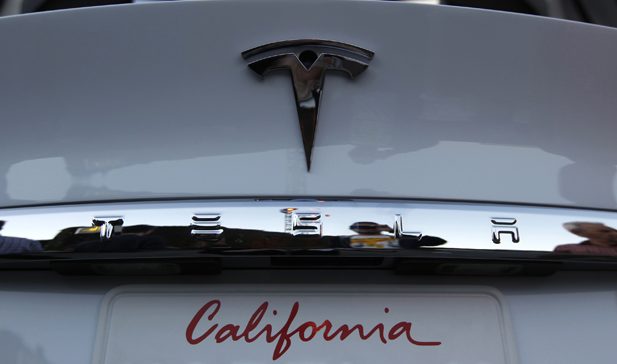
Tesla has entered an interesting situation with its Full Self-Driving suite in California, as the State’s Department of Motor Vehicles had adopted an order for a suspension of the company’s sales license, but it immediately put it on hold.
The company has been granted a reprieve as the DMV is giving Tesla an opportunity to “remedy the situation.” After the suspension was recommended for 30 days as a penalty, the DMV said it would give Tesla 90 days to allow the company to come into compliance.
The DMV is accusing Tesla of misleading consumers by using words like Autopilot and Full Self-Driving on its advanced driver assistance (ADAS) features.
The State’s DMV Director, Steve Gordon, said that he hoped “Tesla will find a way to get these misleading statements corrected.” However, Tesla responded to the story on Tuesday, stating that this was a “consumer protection” order for the company using the term Autopilot.
It said “not one single customer came forward to say there’s a problem.” It added that “sales in California will continue uninterrupted.”
This was a “consumer protection” order about the use of the term “Autopilot” in a case where not one single customer came forward to say there’s a problem.
Sales in California will continue uninterrupted.
— Tesla North America (@tesla_na) December 17, 2025
Tesla has used the terms Autopilot and Full Self-Driving for years, but has added the term “(Supervised)” to the end of the FSD suite, hoping to remedy some of the potential issues that regulators in various areas might have with the labeling of the program.
It might not be too long before Tesla stops catching flak for using the Full Self-Driving name to describe its platform.
Tesla Robotaxi goes driverless as Musk confirms Safety Monitor removal testing
The Robotaxi suite has continued to improve, and this week, vehicles were spotted in Austin without any occupants. CEO Elon Musk would later confirm that Tesla had started testing driverless rides in Austin, hoping to launch rides without any supervision by the end of the year.








